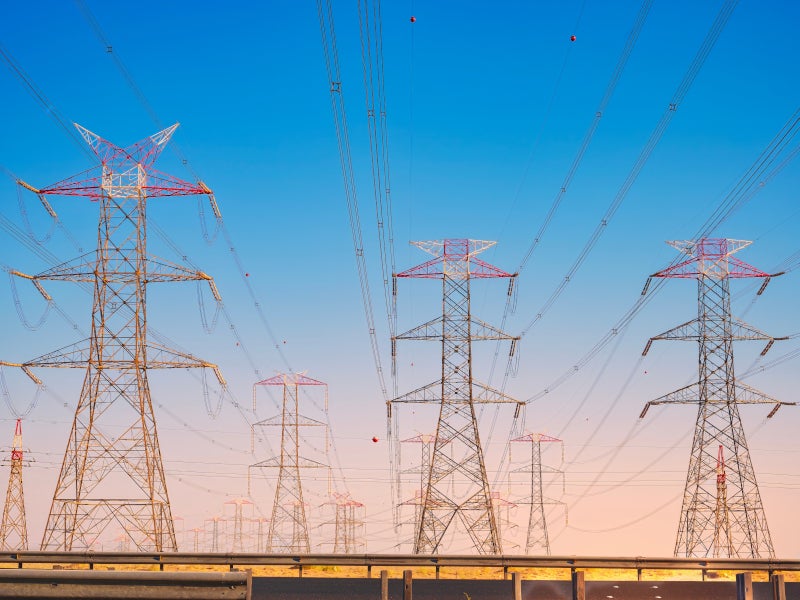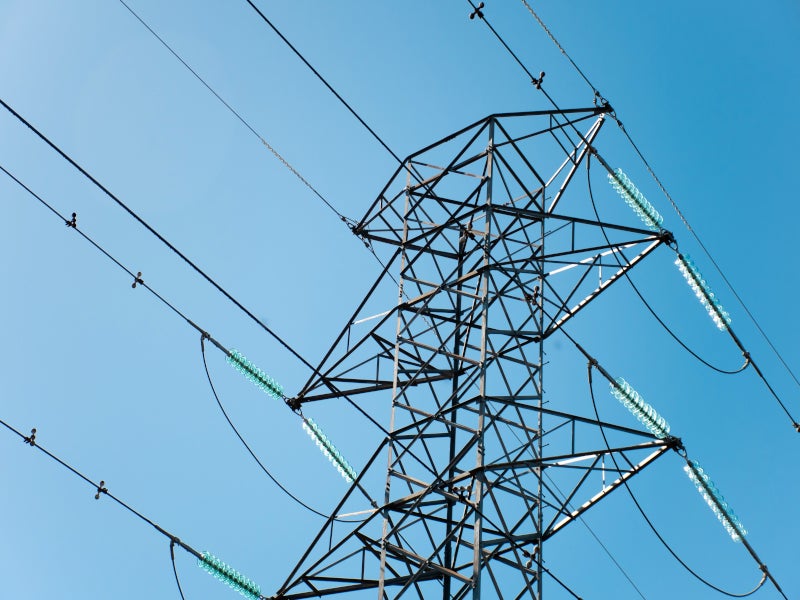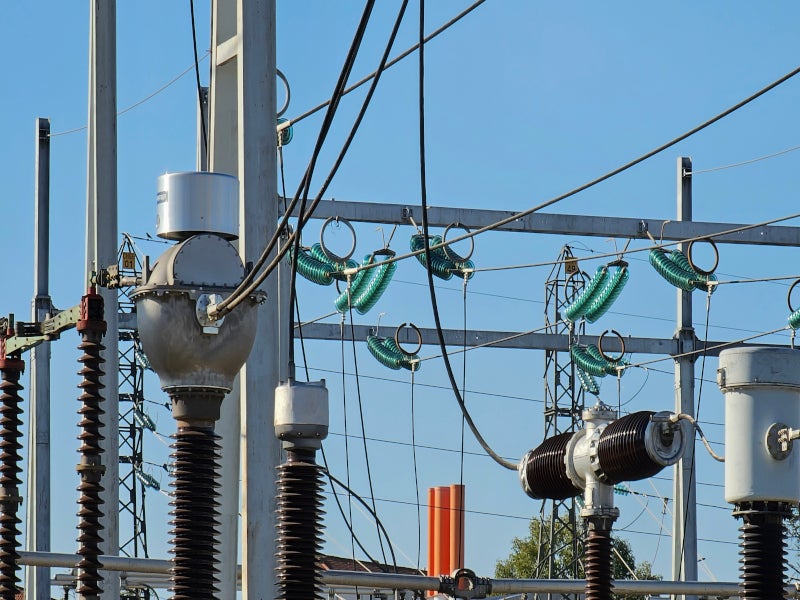The electricity interconnection project between Saudi Arabia and Egypt is poised to facilitate the exchange of up to 3GW of power. It will represent the first large-scale high-voltage direct current (HVDC) interconnection link in the Middle East and North Africa, covering approximately 1,350km.
The project will incorporate a 1,200km overhead transmission line (OHTL). It is anticipated to reach completion in stages, with an initial capacity of 1.5GW expected to be operational by late 2024, and the remaining capacity is expected for completion by mid-2025.
A formal agreement has been signed between the Egyptian Electricity Transmission Company and the Saudi Electricity Company, to establish the infrastructure. This collaboration will enable both countries to optimise their energy requirements and surplus production. Each nation will gain the capacity to export excess electricity and provide support during periods of peak demand through the connection.
In future exchanges, a substantial proportion of electricity is expected to be sourced from renewable resources, in line with both countries’ sustainability goals.
Saudi Arabia plans to increase its use of natural gas and renewables in its power generation mix to approximately 50% by 2030. Similarly, Egypt targets 42% of its power generation to come from renewable sources by 2035. The interconnection project will play an instrumental role in realising these objectives and promoting cleaner energy systems throughout the region.
Transmission route details
The project entails the development of a ±500kV HVDC OHTL commencing from the western city of Madinah, proceeding northwards towards Tabuk, traversing the Gulf of Aqaba, and extending into the Sinai Peninsula, culminating further within Egypt.
The transmission line will connect the 380kV Madinah East converter station to the 380kV Tabuk converter station and end at the 500/220kV Badr converter station.
The OHTL will traverse approximately 672km between the first two stations. Upon reaching Tabuk, the line will continue northwards for an additional 228km, concluding at Halat Ammar Port.
The OHTL will then extend westwards, running parallel to the Jordanian border until it reaches the coastal area of Al Wasel, where it will connect to a transmission station close to the Gulf of Aqaba.
A 10km subsea cable within Saudi Arabia’s maritime boundaries will link to an additional 10km subsea cable traversing the Gulf of Aqaba and on to Egypt. A 335km overhead transmission line will further connect the network to the Badr converter station. The Badr station will disperse 1.5GW, or 50% of the project’s total exchange capacity to the national grid.
Saudi Arabia-Egypt electricity interconnection project details
The transmission line will comprise both alternating current (AC) and direct current (DC) sections.
The transmission towers, engineered to stand between 70 metres (m) and 80m in height, will each occupy a footprint of roughly 100m². These towers will be spaced at intervals ranging from 470m to 800m, with the conductors suspended at a minimum clearance of 18m above the ground to ensure safe and reliable operation.
In areas where the proposed 500kV OHTL will run in parallel to existing 380kV or 132kV OHTLs, a buffer zone will be instituted to uphold safety and mitigate interference. This buffer will span between 58.5m and 75m, securing adequate separation between the various voltage lines and diminishing potential risks.
Associated facilities
A new transmission station is set to be constructed in the Aqaba region on a 70,000m² site. This facility will integrate the HVDC line into the broader power grid, ensuring efficient transmission and distribution of electricity across the network.
Contractors involved
A consortium spearheaded by Hitachi ABB Power Grids secured a contract for the construction of the electricity interconnection, commissioned by a venture led by the Egyptian Electricity Transmission Company and the Saudi Electricity Company.
Hitachi Energy is tasked with delivering the three HVDC converter stations, employing technology for the project.
Italy-based cable manufacturing company, Prysmian, was awarded a contract valued at €221m ($257.28m) in September 2021, for the design, supply, installation and commissioning of the submarine and land cable system.






